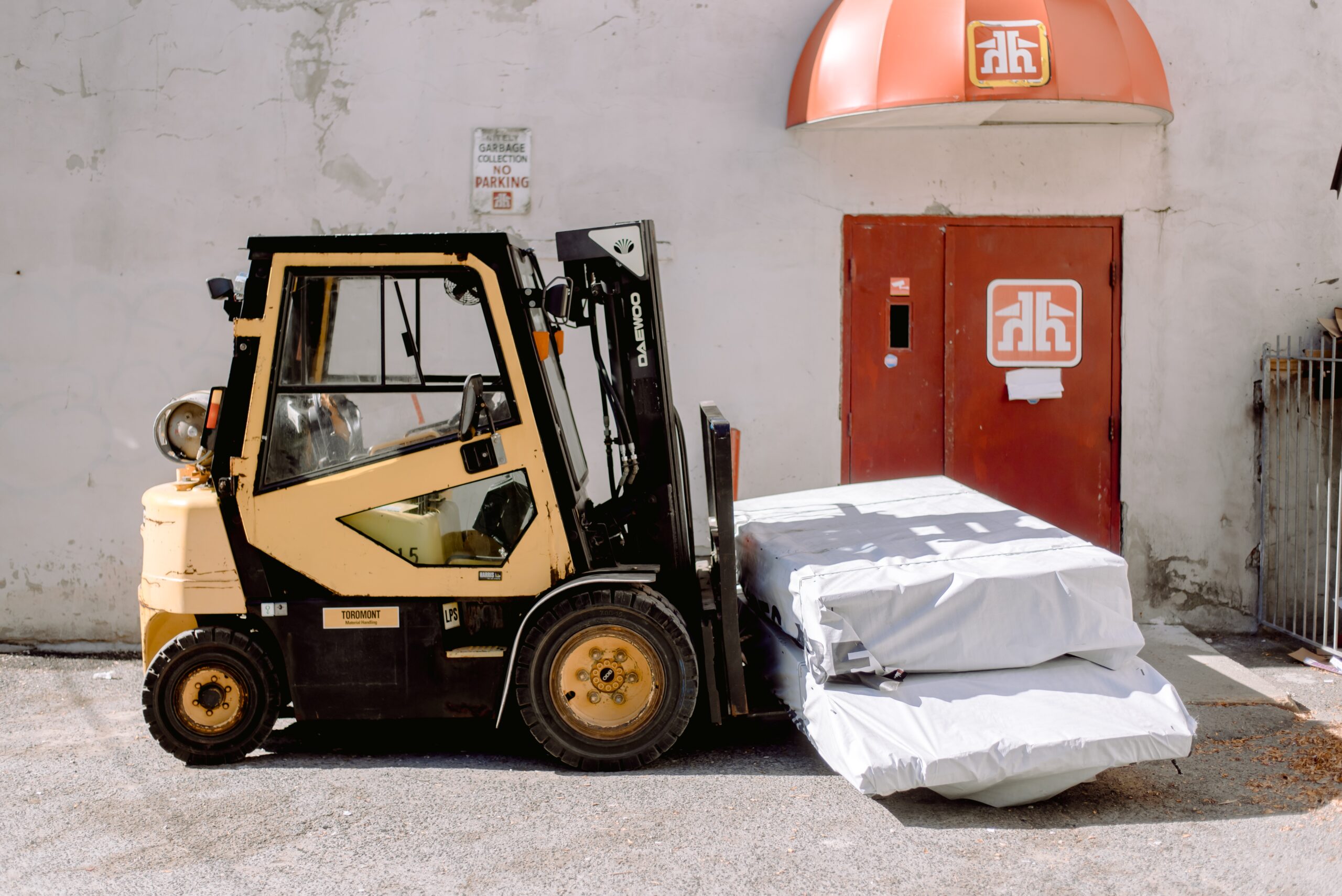In the bustling world of warehouses, factories, and distribution centers, forklifts play an indispensable role in efficiently moving goods and materials from one location to another. However, with their power and versatility comes a significant responsibility to ensure safety in these dynamic and high-paced environments. Among the various tools and technologies employed to enhance workplace safety, forklift strobe lights have emerged as a key component in preventing accidents and mitigating potential hazards.
The Nature of Forklift Operations
Forklifts, also known as lift trucks or powered industrial trucks, are powerful machines designed to lift and transport heavy loads. They are commonly used in industries ranging from manufacturing and construction to logistics and retail. While these machines greatly increase productivity, they also introduce an element of risk due to their size, limited visibility, and potential interaction with pedestrians, other equipment, and structures.
The operation of forklifts demands a high degree of precision and awareness from the operators. Factors such as blind spots, tight spaces, varying floor conditions, and noise levels can contribute to accidents if not properly managed. Forklift operators often need to navigate through congested areas, load and unload materials, and negotiate sharp turns – all while ensuring the safety of themselves and those around them.
The Role of Forklift Strobe Lights
Forklift strobe lights are powerful visual tools that enhance visibility and draw attention to the presence of a forklift. If you’re considering purchasing one, you could look here for options. They emit intense, rapid flashes of light that are difficult to ignore, even in busy and noisy environments. These strobe lights serve several crucial functions in forklift accident prevention.
- Visibility Enhancement: Forklift strobe lights significantly improve a forklift’s visibility to pedestrians and other operators. In low-light conditions, areas with poor illumination, or when a forklift is entering or exiting a confined space, the strobe lights make the vehicle more noticeable and help prevent collisions.
- Warning Signal: The rapid, repetitive flashing of strobe lights serves as a clear warning signal to anyone in the vicinity that a forklift is in operation. This warning allows pedestrians and other workers to exercise caution, adjust their paths, and be alert to the presence of a potentially hazardous machine.
- Pedestrian Safety: Forklift accidents involving pedestrians can have serious consequences. Strobe lights help pedestrians identify the presence and movement of a forklift, giving them ample time to yield the right of way, avoid the vehicle, or take necessary precautions.
- Communication: Strobe lights can also be used as a form of communication between forklift operators and other personnel. For example, a specific strobe light pattern could indicate that a forklift is carrying an unusually heavy load, prompting others to give the vehicle additional space.
- High-Risk Areas: Certain areas within a facility may pose a higher risk of accidents due to limited visibility or complex layouts. Forklift strobe lights can be strategically positioned in these zones to alert everyone to exercise heightened caution.
Implementing Forklift Strobe Lights Effectively
To fully leverage the safety benefits of forklift strobe lights, careful consideration must be given to their implementation:
- Proper Placement: Strobe lights should be mounted at a height that ensures visibility from various angles. Mounting positions may include the front, rear, and sides of the forklift. Reflective surfaces and markings can further enhance visibility.
- Light Intensity and Frequency: The intensity and frequency of strobe lights should be set to grab attention without causing visual discomfort or distraction. Striking the right balance is crucial to ensuring their effectiveness.
- Regular Maintenance: Strobe lights, like any equipment, require regular maintenance and inspection to ensure they function properly. Burned-out bulbs or malfunctioning lights should be promptly replaced.
- Operator Training: Forklift operators should be trained to understand the purpose and significance of strobe lights. They should also be educated on when and where to use them effectively.
- Integration with Other Safety Measures: Strobe lights are most effective when used in conjunction with other safety measures, such as audible alarms, safety barriers, and proper signage.
Conclusion
In the world of industrial operations, where safety is paramount, forklift strobe lights have emerged as a key ally in preventing accidents and creating a secure working environment. By significantly enhancing visibility, providing warning signals, and aiding communication, these powerful visual tools contribute to reducing the risk of collisions and incidents involving forklifts. Properly implemented and maintained, forklift strobe lights serve as a shining example of how technology can play a pivotal role in safeguarding lives and ensuring workplace well-being.
